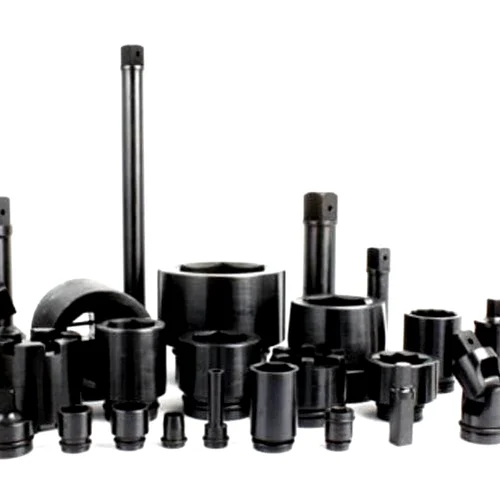Crypto Kidnappings on the Rise: Should Investors Be Worried? Heres What You Need to Know to Protect Your Investments
The recent surge in crypto kidnappings and wrench attacks has left many crypto investors feeling uneasy about their investments. In recent cases, criminals have used social media to profile potential targets and have even gone as far as to kidnap individuals and demand crypto ransoms. The increase in these attacks has left many investors wondering if they should be worried about their investments.

One of the main reasons for the rise in these attacks is that criminals believe that crypto transactions are anonymous and irreversible. They think that if they can get their hands on someone's crypto keys, they can transfer the funds without being traced. However, authorities are getting better at tracking and prosecuting these types of illicit transactions, which means that the perception that crypto transactions are untraceable is not entirely correct.
Another risk for crypto investors is that potential attackers can use peer-to-peer (P2P) transactions to identify crypto holders. This means that individuals talk directly to one another, which can expose their personal information. Additionally, criminals are using social media to build profiles of potential targets, targeting people who post about their crypto gains.
Despite these risks, there are many reasons to invest in cryptocurrency, including a desire to hedge against economic uncertainty. However, it's crucial to take precautions to protect your investments. Here are some steps you can take:
- Buy crypto through an exchange-traded fund (ETF): If you invest in crypto through an ETF, the fund is responsible for safeguarding the assets. The Securities and Exchange Commission (SEC) has already approved spot ETFs for Bitcoin and Ethereum and looks likely to greenlight others soon.
- Be careful what you post on social media: Criminals are using social media to build profiles of potential targets. If you've built a profitable crypto portfolio (or from any other investments), try not to share that information online.
- Make a plan to store your crypto: If you use a non-custodial hardware wallet, consider storing it in a bank safety deposit box. Most crypto wallet companies offer additional security features, so find out what's available. For example, a multisignature wallet requires several keys to authorize transactions. There are also tools that split your seed phrase into several parts and ways to set up fake dummy wallets.
Depending on the size of your crypto holdings, you might consider crypto insurance. An increasing number of insurance companies now offer specific packages for Bitcoin holders. Look for policies that specifically protect against wrench attacks.
In conclusion, while the rise in crypto kidnappings and wrench attacks is a concerning trend, it's important to remember that there are many reasons to invest in cryptocurrency. However, it's crucial to take precautions to protect your investments. By following the steps outlined above, you can minimize both cyber and physical risks associated with your crypto holdings.














